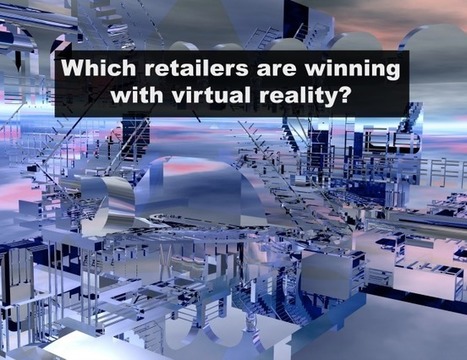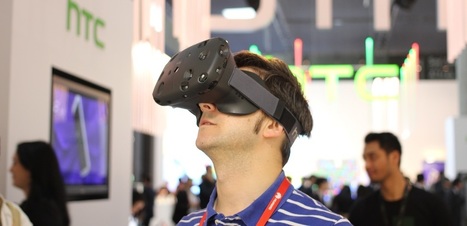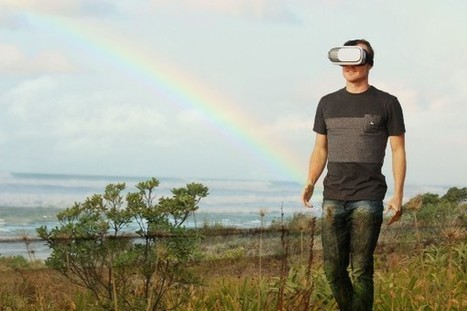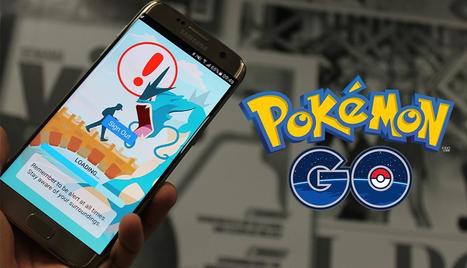There’s no question that many marketers are thinking about virtual reality (VR).
At a time when it’s harder than ever to capture users’ attention, VR gives brands the ability to create truly immersive experiences. Through 360-degree and VR films, marketers can whisk viewers away to Thailand, take them on the open road in New Zealand, or drop them in the middle of a house party.It’s no wonder that VR has been named one of the top trends that will affect digital marketing in 2017. Yet, VR requires a big investment. And a company must align on goals, strategy, distribution, and measurement plans before launching any VR initiative.
If you’re among the many brands considering VR as part of your 2017 content marketing strategy, here are helpful data points to keep in mind and possibly build your business case, via this infographic from Marketo and Column Five..



 Your new post is loading...
Your new post is loading...














Got VR? Check out the newest marketing landscape.